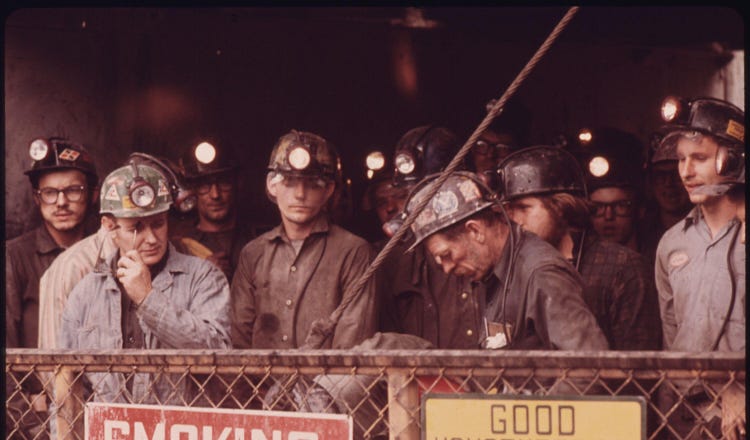
Sometimes it seems as if President Trump’s trade agenda is built upon nothing more than pure ego. The recent buzz among Wall Street traders was the TACO meme—“Trump always chickens out” on tariffs. It got under the president’s skin, and two days later he went ahead and doubled tariffs on imported steel. Cause and effect? In this administration, you can never tell.
But beneath the chaos and the antics, MAGA economics are built on a powerful, enduring story: America’s working class—the people who build, drill, and weld, Americans who clock in, get their hands dirty, and wear uniforms at work—have been shafted by globalization and an elitist system of trade that is hastening their doom. It is an emotionally gripping narrative built on a sliver of truth and vast helpings of myth. It ignores the three H’s: home prices, healthcare costs, and higher-education expenses.
The myth has the upper hand, driving Trump’s tariffs and threatening to rekindle inflation and needlessly crash the economy. The first-order effect of the myth is straightforward: higher prices on everyday products. Whether tariffs are 10 percent or higher, costs borne by U.S. importers will be passed on to customers. Everything from diapers to T-shirts to cars and washing machines will get more expensive, and those increased costs land more heavily on everyday wage earners, since they spend more of their earnings on goods such as these than the wealthy, who spend more on luxuries like vacations and Pilates classes.
Then there is the ill-defined term working class. It is the focus of Trump’s trade policy, but who belongs to America’s working class? Manufacturing workers, who make up only 8 percent of the U.S. workforce? Or does it also include the vastly larger group of not-wealthy workers, from cashiers and nursing assistants to truckers, baristas, and schoolteachers, whose jobs are not connected to trade—or may even benefit from it? Tariffs are a bad deal for them.

